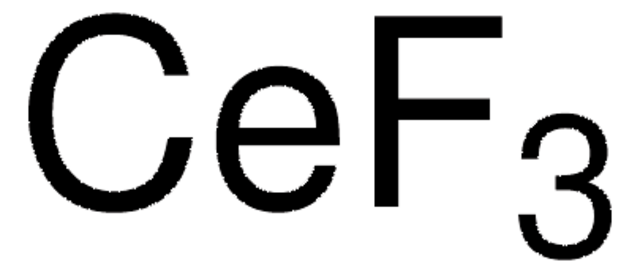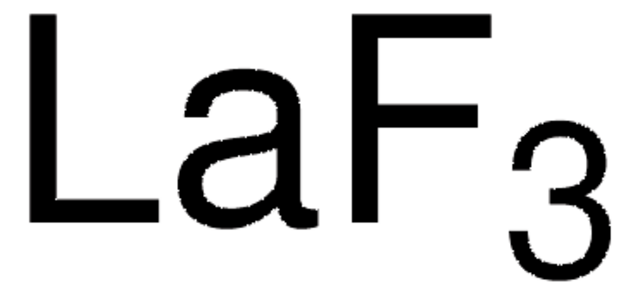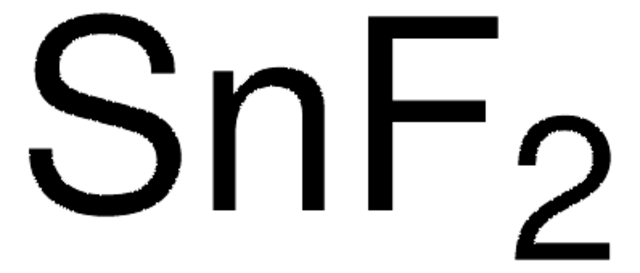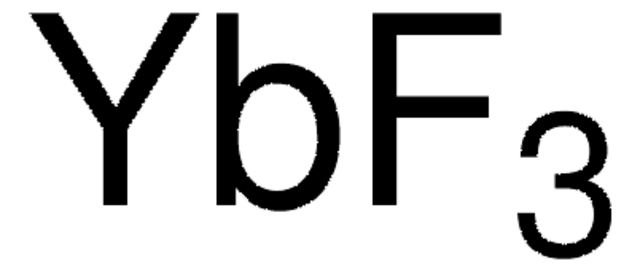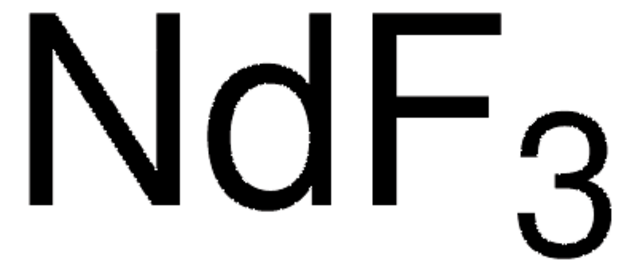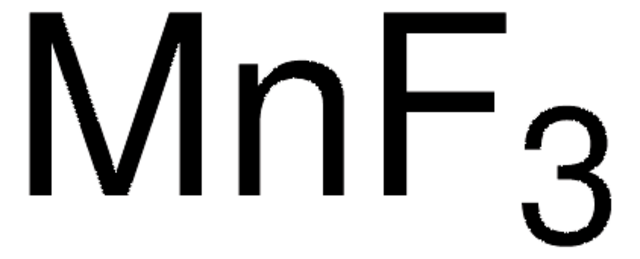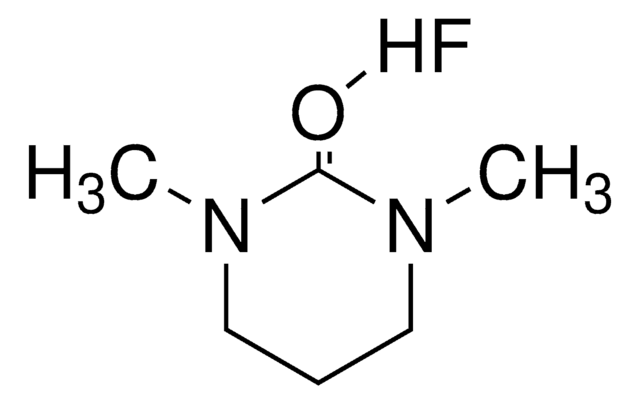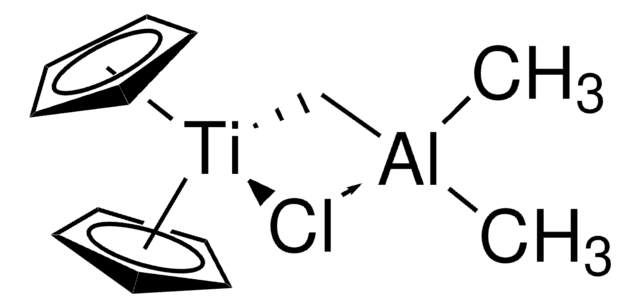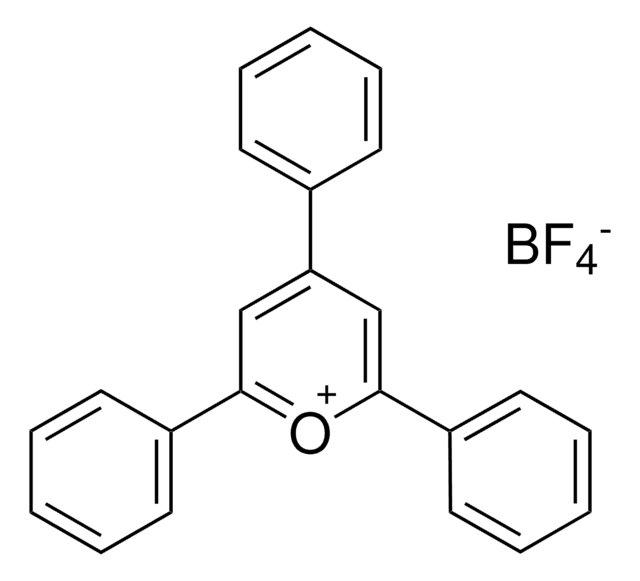435937
Cerium(IV) fluoride
99%
Sinónimos:
Ceric fluoride, Cerium tetrafluoride
About This Item
Productos recomendados
Ensayo
99%
Formulario
powder
idoneidad de la reacción
core: cerium
reagent type: catalyst
reaction type: Fluorinations
cadena SMILES
F[Ce](F)(F)F
InChI
1S/Ce.4FH/h;4*1H/q+4;;;;/p-4
Clave InChI
SWURHZJFFJEBEE-UHFFFAOYSA-J
Aplicación
- Synthesis of sodium-rare earth silicate oxide-fluoride apatites
- C60 fluorination with rare earth metal tetrafluorides
- Synthesis of cerium(IV) fluoride compounds
Reagent for:
- Fluorination of fluorocyclobutene with high-valency metal fluoride
Catalyst for Hantzsch reaction
Used for stain etching to form microporous silicon
Palabra de señalización
Warning
Frases de peligro
Clasificaciones de peligro
Acute Tox. 4 Oral - Eye Irrit. 2 - Skin Irrit. 2 - STOT SE 3
Órganos de actuación
Respiratory system
Riesgos supl.
Código de clase de almacenamiento
11 - Combustible Solids
Clase de riesgo para el agua (WGK)
WGK 3
Punto de inflamabilidad (°F)
Not applicable
Punto de inflamabilidad (°C)
Not applicable
Equipo de protección personal
dust mask type N95 (US), Eyeshields, Gloves
Elija entre una de las versiones más recientes:
¿Ya tiene este producto?
Encuentre la documentación para los productos que ha comprado recientemente en la Biblioteca de documentos.
Los clientes también vieron
Artículos
The rare earth elements impact nearly everyone in the world. All of the people living in advanced technological countries and almost all those living in third world countries utilize the rare earths in their everyday living—the car that one drives (gasoline is refined from oil using rare earth catalysts and catalytic converters reduce the polluting emissions from the automotive exhaust), watching the news on TV (the red and green colors in TV screens), the telephones and computers we use to communicate (the permanent magnets in speakers and disc drives), just to name a few examples.
Nuestro equipo de científicos tiene experiencia en todas las áreas de investigación: Ciencias de la vida, Ciencia de los materiales, Síntesis química, Cromatografía, Analítica y muchas otras.
Póngase en contacto con el Servicio técnico